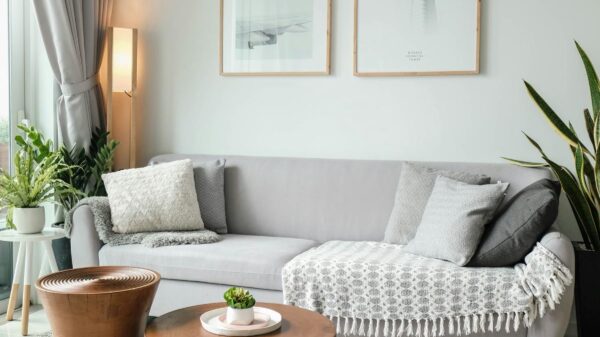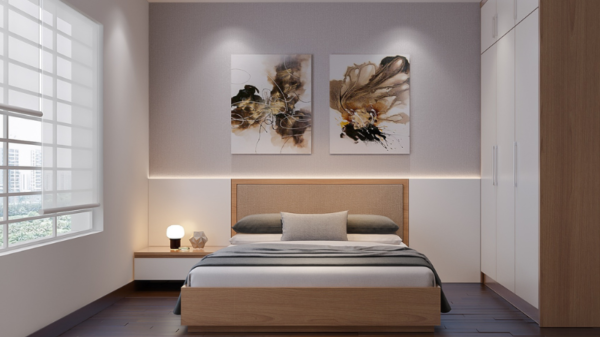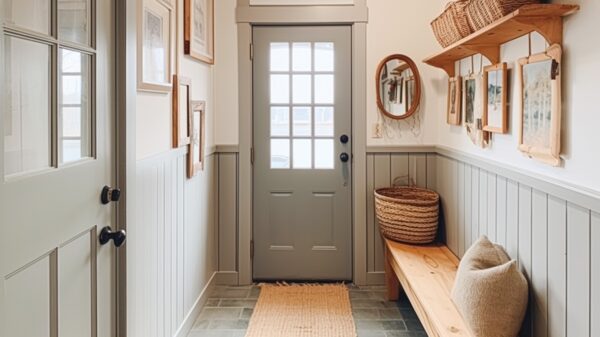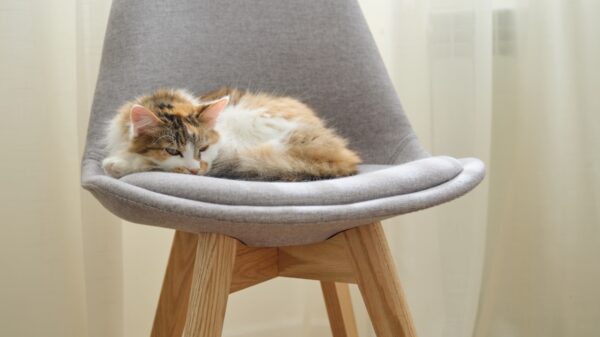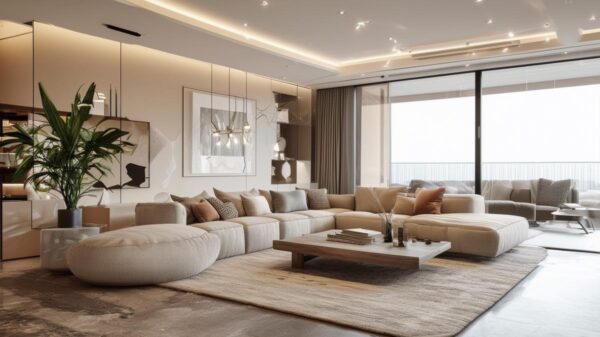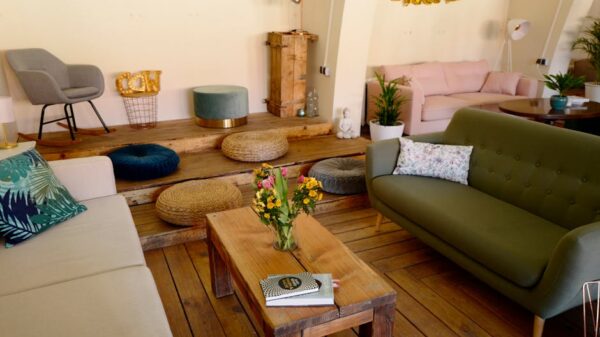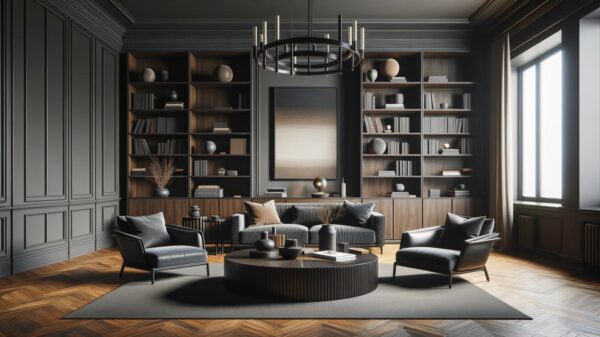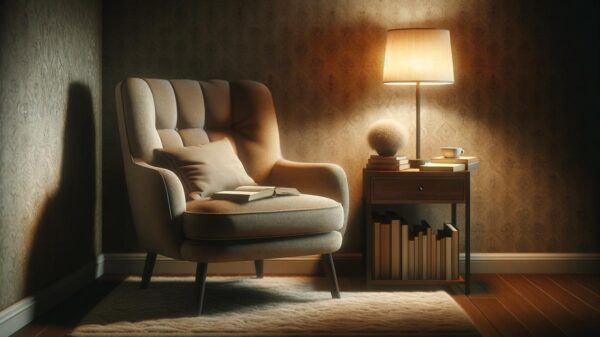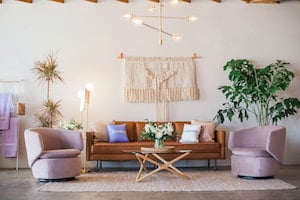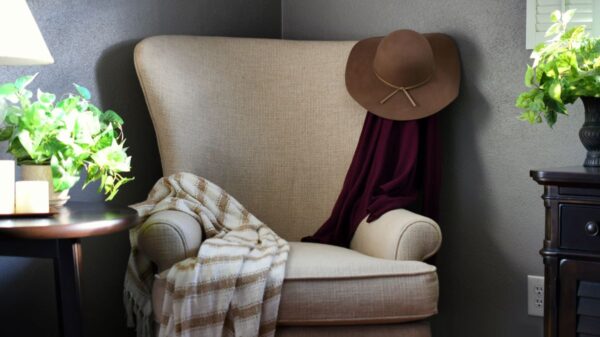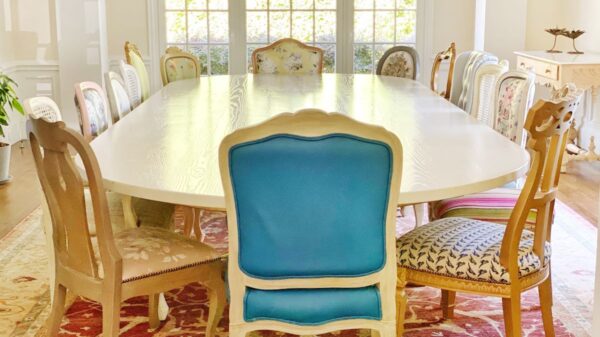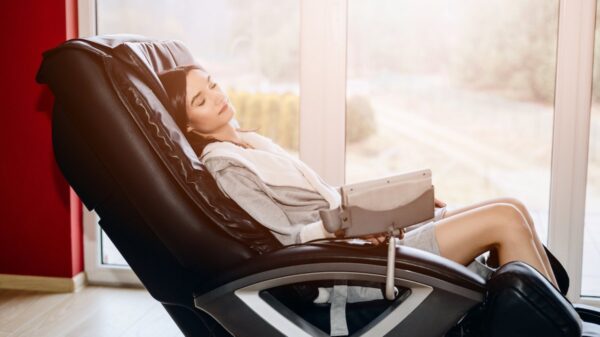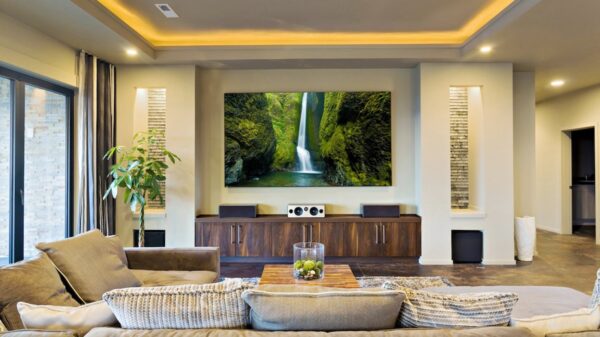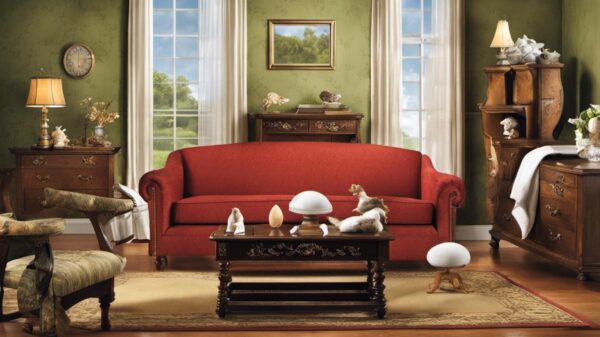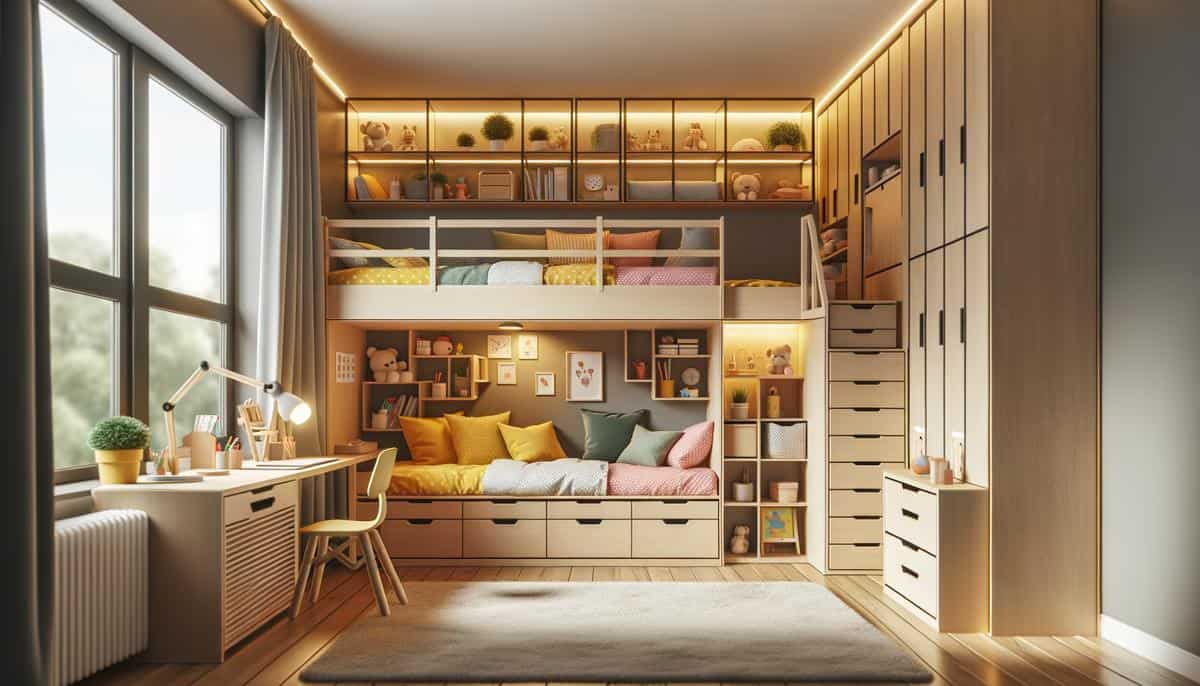Great Ideas for Kids’ Room Furniture
1. Multifunctional Beds
Multifunctional beds are the perfect centerpiece for any kid’s room, serving numerous purposes beyond just sleeping. These beds often come with built-in storage underneath, such as drawers or cabinets, helping to keep toys, clothes, and other clutter neatly tucked away. Some designs feature a lofted bed above a playful area, where a desk or soft furnishings can be placed beneath for study time or a cozy reading nook.
This kids’ room furniture choice maximizes the use of space within smaller rooms and adapts to growing children, evolving from a space of imaginative play to one suited for schoolwork and relaxation.
Bright colors or white hues enhance their room’s ambiance, making these beds a lasting investment from toddler through to teen years. Starting with such a versatile piece can inspire the remaining layout and decor of the room, tying together a cohesive and functional children’s space that also supports their creativity and growth.

2. Creative Storage Solutions
As any parent will attest, children are wonderful companions but also incredible collectors of “stuff” — toys, books, clothes, and crafts. Handling this ever-growing pile may seem challenging, requiring clever tactics to keep their rooms organized. Integrating creative storage solutions can tackle this challenge while simultaneously enhancing the room’s decor.
Multi-tiered bookshelves not only keep bedtime stories neatly organized but also display charming trinkets. These can become the focal point of a room, wrapped in playful or elegant designs that complement the overall aesthetic. Wall-mounted cubbies serve dual purposes as decoration and storage, offering easy access for children and reducing floor clutter.
Under-bed storage is an oft-overlooked solution that can conceal a multitude of items. Slide-out drawers or bins can be particularly useful for storing seasonal clothing or bulkier playthings that are not part of the everyday arsenal but are still cherished.
By thinking vertically and incorporating built-in storage into designs like decorated shelves or sculpted cabin ends of children’s beds, you maximize the architecture of the room. This harmonious integration is a practical approach to keeping kids’ spaces orderly and enchanting. By fusing these solutions into the room’s structure, we put fun into functionality, embracing both design flair and practical life, sculpting spaces that kids love and parents admire.
3. Durable and Safe Materials for Kids’ Room Furniture
Choosing the right materials for children’s furniture goes beyond aesthetic appeal; it’s about crafting a safe and enduring environment where active little ones can thrive.
Opting for sturdy and high-quality materials like solid wood proves essential for durability and longevity. These materials resist the wear and tear of everyday adventures and maintain stability and structure over time, proving economical as your kids’ room furniture outlasts growth spurts.
Solid wood pieces with their formidable resilience provide the backbone for many heirloom-quality items. Coupled with their timeless appeal, they offer an eco-friendly option compared to some synthetic alternatives that might release harmful compounds as they age.
In catering to the energetic play of children, safety features are non-negotiable. Rounded edges minimize the risk of sharp encounters during play. The importance of smooth, non-toxic finishes cannot be overstated — ensuring that materials are free from harmful chemicals is a paramount concern for parents looking to safeguard their child’s health while still accommodating their space with beautiful, functional pieces.
Robust construction is another critical feature, ensuring the furniture doesn’t wobble or tip over easily when climbed upon. Many manufacturers also include additional safety brackets to secure items like taller dressers and bookshelves to walls, preventing any potential tipping hazards.
Wisely selected, high-quality furniture with designed-in safety features not only protects your children from potential hazards but also stands the test of time, proving to be a wise investment for any family looking to create a secure and inviting space for their young ones.
This approach to choosing substantial and safe furniture material supports a carefree, playful childhood within the secure bounds of their haven: their room.
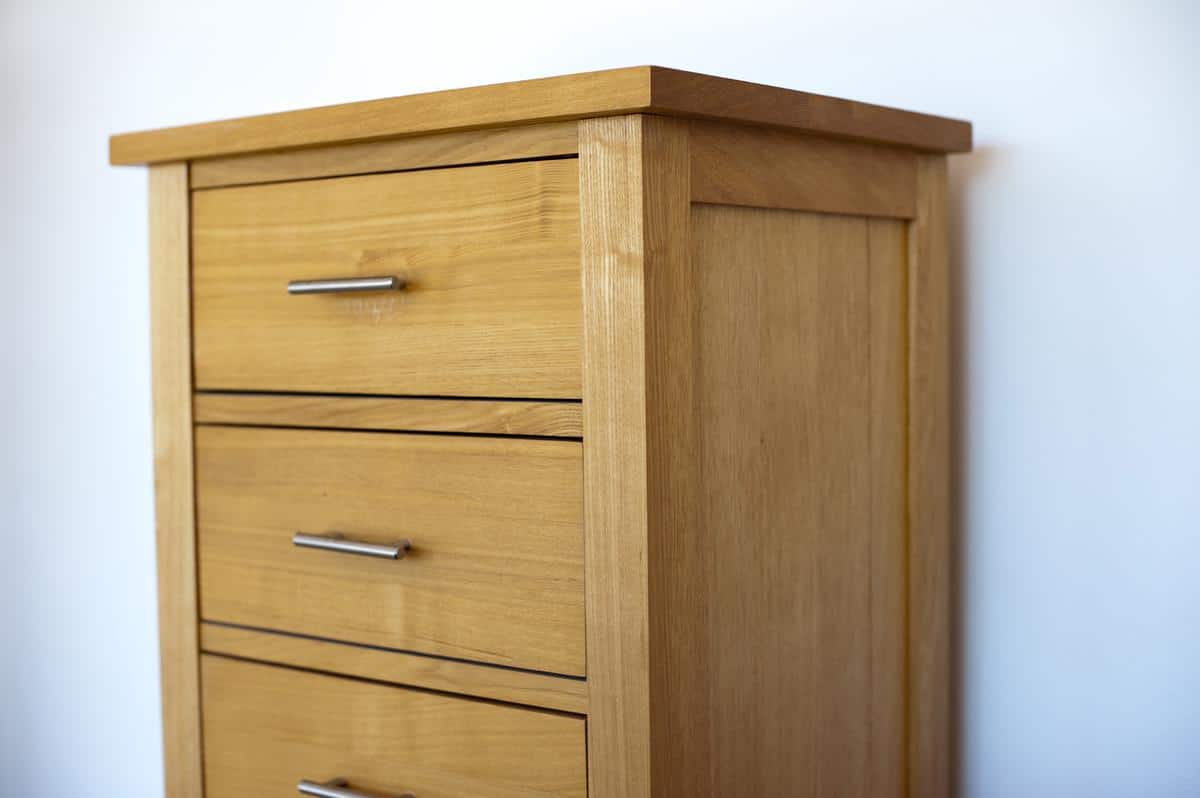
4. Transformative Play Areas
Imaginative play is the heart of childhood, and integrating transformative play areas within the bounds of your child’s bedroom nurtures this. With the clever use of furniture that doubles up as playful sanctuaries, these spaces cultivate imagination and provide a unique blend of fun and functionality.
A loft bed with imaginative add-ons, such as slides, ladders, or even a fireman’s pole, transforms into a jungle gym that encourages physical play and boosts motor skills.1 Below these elevated sleep spaces often lies room for a canvas tent or a built-in desk, making it an ideal spot for everything from impromptu tea parties to focused study sessions.
Tent structures or playhouses can also serve as an artistic element within the room. These are cozy nooks for reading or resting and can turn into anything the mind imagines — a castle, a spaceship, or a quiet retreat. Fabric canopies draped over simple frame structures add an inviting hideaway for children, fostering a sense of privacy and personal space.
By melding playtime with downtime, equipped with multifunctional furniture that embodies both comfort and adventure, we create an active engagement zone in their private quarters. Integrating playful design elements fosters growth and joy within personal spaces.
Amid cushions shaped like stars and twilight projectors that radiate galaxies across room ceilings, every corner is modeled for wonderment and functional utility. Bookcases swing open to reveal secret compartments, and tables convert into painting boards as fluidly as your children shift from homework focus to creative reverie.
Infusing your child’s room with transformative play furniture is like piecing together a jigsaw puzzle where each piece sparks joy, functionality, and imagination. Balancing aesthetics with playfulness, we shape spaces that excite, illuminate, and ultimately adapt to versatile needs—turning their room into a landscape of discovery that echoes their evolving interests and dreams.
5. Ergonomic Study Spaces
Ensuring your child has a comfortable and conducive study environment can significantly bolster their focus and learning efficiency. Ergonomic study spaces for kids offer a variety of desk and chair options designed to promote good posture and maintain comfort during intense study or creative hours.
Adjustable desks cater to growing children, allowing the height to be adjusted as your child grows. This promotes a healthy back and joints, fostering a lifelong habit of appropriate posture. These desks are often easy to modify and can switch from a sitting to a standing desk, adapting to different activities and needs throughout the day.
Chairs complementing these desks come with adjustable features—height, backrest angles, and sometimes even armrests can be tweaked. These modifications contribute to providing lumbar support and encouraging a seating position that averts slouching.
It’s essential to choose a chair with a comfortable cushion that supports long periods of sitting, injecting enthusiasm into study sessions without any discomfort hindering concentration.
Footrests are another crucial feature, supporting improved circulation for kids staying seated for extended periods. Just like adults, kids need to maintain a 90-degree angle at their knees and hips for optimal posture—they should be able to place their feet firmly on the ground or footrest, anchoring their posture further.2
Each piece of furniture brings a blend of function and subtle educational cues, like the importance of health awareness from an early age. Employing colors that dovetail with the room’s theme can elevate the aesthetics—vibrant colors tend to energize the space, while softer hues might contribute to calmness and concentration.
Accessories like ergonomic wrist rest and the strategic placement of the computer screen heighten the sturdiness and aid in preventing eye strain or wrist fatigue.
Creating an ergonomic study space is about establishing an age-appropriate and adaptively stimulating environment that aligns with your child’s developmental needs. As they grow and develop new academic pursuits, these settings can evolve too, providing continued support that’s fundamental to budding scholastic success.
Our furniture selection merges style with ergonomic principles, ensuring that each study session is both productive and comforting. Reflecting a serious commitment to your child’s education and health, these study spaces prepare them to tackle their tasks and ace their academic adventures.
6. Themed Kids’ Room Furniture Sets
Themed furniture sets can turn any child’s room into a vibrant hub of imagination and wonder. These carefully crafted ensembles are designed not just to function as mere furniture but to inspire and cultivate an environment where play meets rest and creativity flows freely.
Catering to almost every enthusiasm from the orbits of outer space adventures to the enchanting realm of fairy tales, themed furniture sets serve both an artistic and functional purpose in a child’s developmental sanctuary.
A spaceship-themed bed, where the headboard replicates a cockpit complete with dials and control panels, turns a simple night into an intergalactic voyage. For little fairytale enthusiasts, a castle-shaped bed can elevate the daily routine of tidying up and going to sleep to an anticipated trip to a private royal chamber.
Crafted turrets, draped with soft lilac and blush pink canopies, aren’t just visually compelling; they become part of the fairy tale itself, enhancing every storytime session with a touch of authenticity.
Beyond the aesthetic allure, themed furniture prioritizes engagement. Desks molded into the shape of rocket ships or enchanted forest tables meld homework time with fantasy, making study sessions more invigorating. These setups often come equipped with coordinating shelving units and cupboards that maintain thematic continuity while serving the purpose of organization and storage.
Theme-specific customizations transform a space into a dynamic area poised for adventure and discovery. When a child see elements of their favorite stories or dreams built right into their furniture, it boosts their morale and eagerness to interact with their space positively. It sets up an animated daily routine where each activity, be it homework, playtime, or bedtime, incorporates an element of fun and novelty.
Thematic rooms are often self-endorsing storytelling platforms. Children can create and perform their escapades inspired by the décor, fostering cognitive abilities such as story structuring and vocabulary building alongside imaginative prowess.3 This form of augmented interactive play is imperative for cognitive development and makes thematic furniture a splendid choice for merging educative value with ergonomic design.
Investing in themed furniture sets goes beyond decorating a space—it’s about fueling aspirations and nurturing a habitat that’s inherently theirs. Each piece curated within these robust themes amplifies excitement, encourages exploration, and makes their bedroom a cherished place in the home—fostering a love for bedtime and playtime alike, sculpting daily routines into unforgettable sagas.
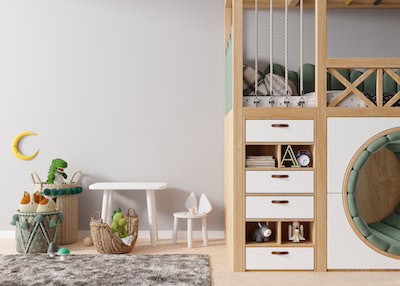
7. Comfortable Kids’ Room Furniture Seating Options
Children’s seating options imbue their spaces with convenience, verve, and vibrancy. These vignettes of coziness offer far more than just a place to sit; they are pivotal to your child’s long hours of storytelling sessions, club meetings, and solo adventures across the pages of their favorite books.
Bean bags are a stellar choice, offering an irresistible amalgamation of comfort and a low-to-the-ground design—ideal for making even falls seem like fun. Velvety materials or canvas prints donned in graphics of interstellar travels or vibrant jungle motifs cater to myriad interests. These adorable sacks serve as functional rooms within rooms, creating welcoming nooks that promote lounging, playing, or even spontaneous naps. Most come with removable covers that are machine washable, translating caressing luxury into practical reality.
Miniature armchairs escalate the ordinary by being diminutive dominions. Upholstered with plush fabrics, these compact armchairs mimic ‘grown-up’ furniture and endow young inhabitants with a proud feeling of ownership. Whether your child is cavorting with cavemen or engrossed in concocting another wizardry spell, the transitional style of these chairs helps blend them into varied room themes, making for a picturesque assemblage.
Poufs are the versatile stars of the child-scaping realm. Though minimal in design, their potential is vast—their sturdiness supports energetic activities like romps and light playing, while their malleable nature offers rearrangement ease. Cluster a few colorful poufs around an activity table for spontaneous, flexible seating choices that encourage social interaction and collective gameplay. Alternatively, scatter them across rooms for casual, impromptu seatings such as during family board game nights or when diving into solo creative arts.
The maneuverability of these poufs does not hinder their style quotient; available in geometric patterns, breezy botanicals, or spirited abstracts, they become accessory cornerstones that elevate trivial corners into enigmatic comfort spots. Their inherent simplicity integrates function with embellishment, promoting the elusive etiquettes of little lounge aspirations.
Choosing the Best Kids’ Room Furniture for Your Home
By weaving these seated narratives into the cocoon of your child’s room, you create more than decor—you script comforting backdrops that support every leap and bound of their bustling activity. It’s about mounting staged platforms that tap into children and summon spirited quasi-adult sophistication blended with frolicked innocence. Circumnavigate through this inspiring alcove of options in children’s seating to splash comfort with creativity—every addition earns its place in your child’s vibrant room gallery.
- Frost JL. A History of Children’s Play and Play Environments: Toward a Contemporary Child-Saving Movement. New York: Routledge; 2010.
- Panagiotopoulou G, Christoulas K, Papanckolaou A, Mandroukas K. Classroom furniture dimensions and anthropometric measures in primary school. Appl Ergon. 2004;35(2):121-128.
- Singer DG, Singer JL. The House of Make-Believe: Children’s Play and the Developing Imagination. Cambridge, MA: Harvard University Press; 1990.


